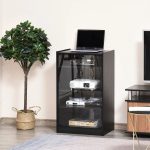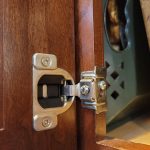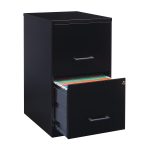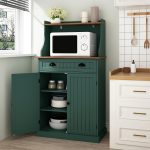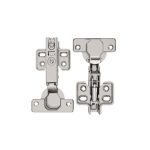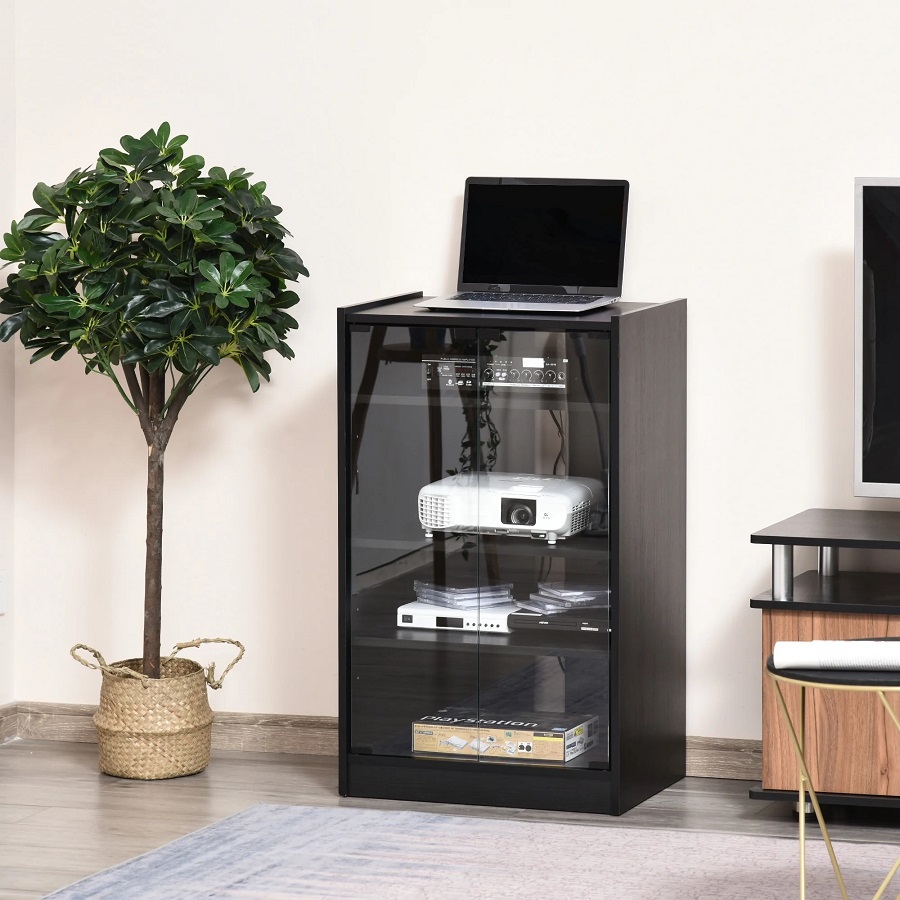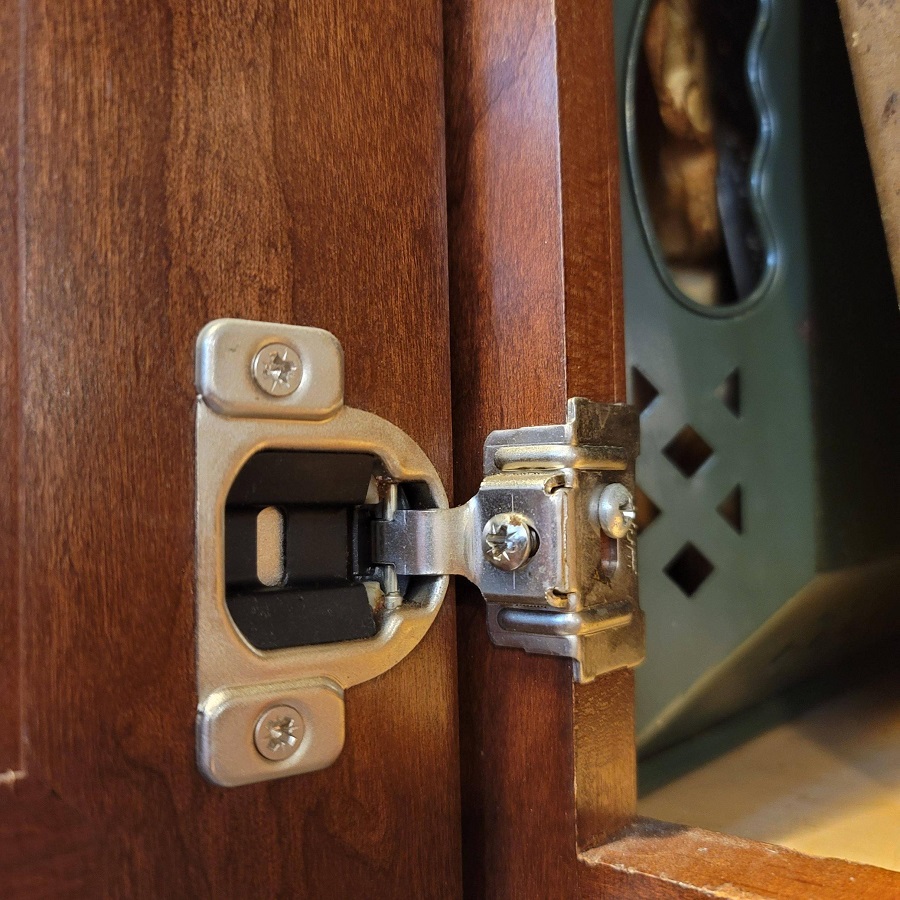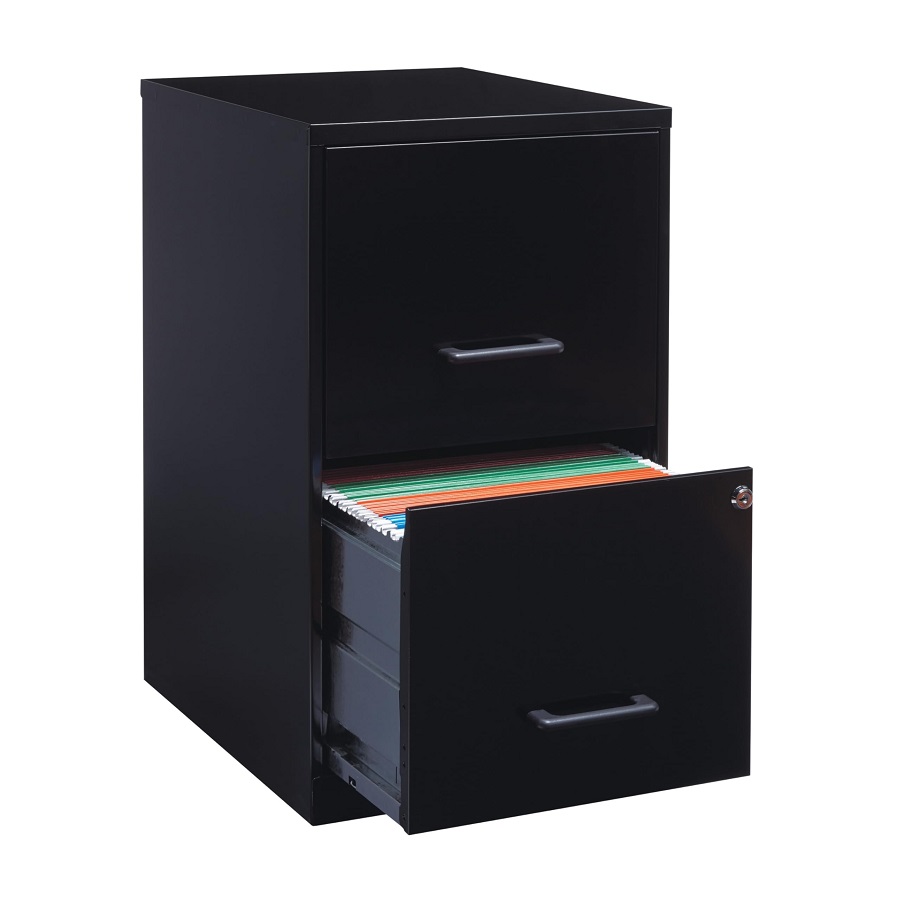Introduction: Mastering the Art of Drawer Slide Repair
Drawer slides play a crucial role in the functionality of cabinets and furniture. When they work smoothly, they make accessing items effortless. However, when drawer slides become damaged or misaligned, they can make everyday tasks frustrating. In this guide, we’ll explore expert techniques for repairing drawer slides like a pro, ensuring that your drawers glide effortlessly for years to come.
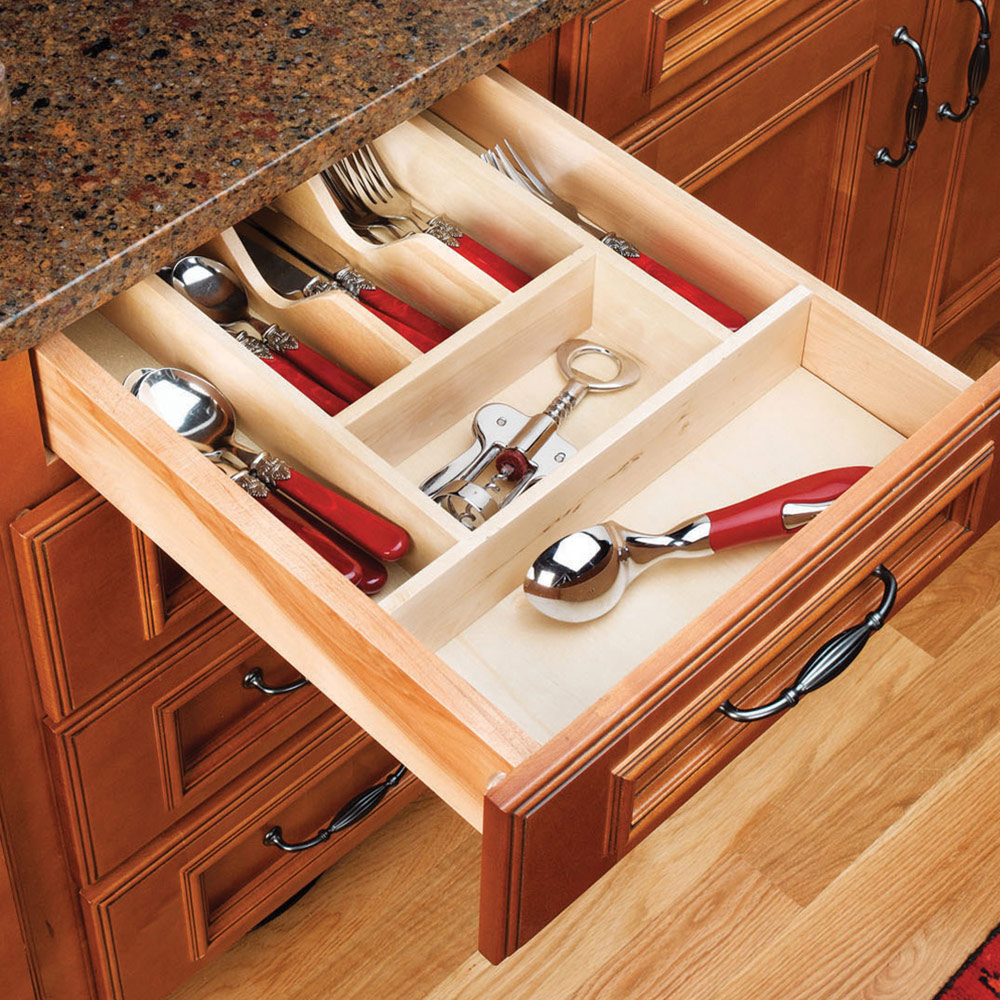
Understanding Common Drawer Slide Issues
Before diving into repair methods, it’s essential to understand the common issues that can arise with drawer slides. These may include:
- Misalignment: Drawer slides may become misaligned over time due to wear and tear or improper installation.
- Sticking or Jamming: Dirt, debris, or warping can cause drawers to stick or jam when opening or closing.
- Looseness: Loose screws or worn-out components can result in wobbly or unstable drawers.
- Damage: Physical damage to the slides or surrounding components can impair their functionality.
Identifying the specific issue affecting your drawer slides is the first step toward effective repair.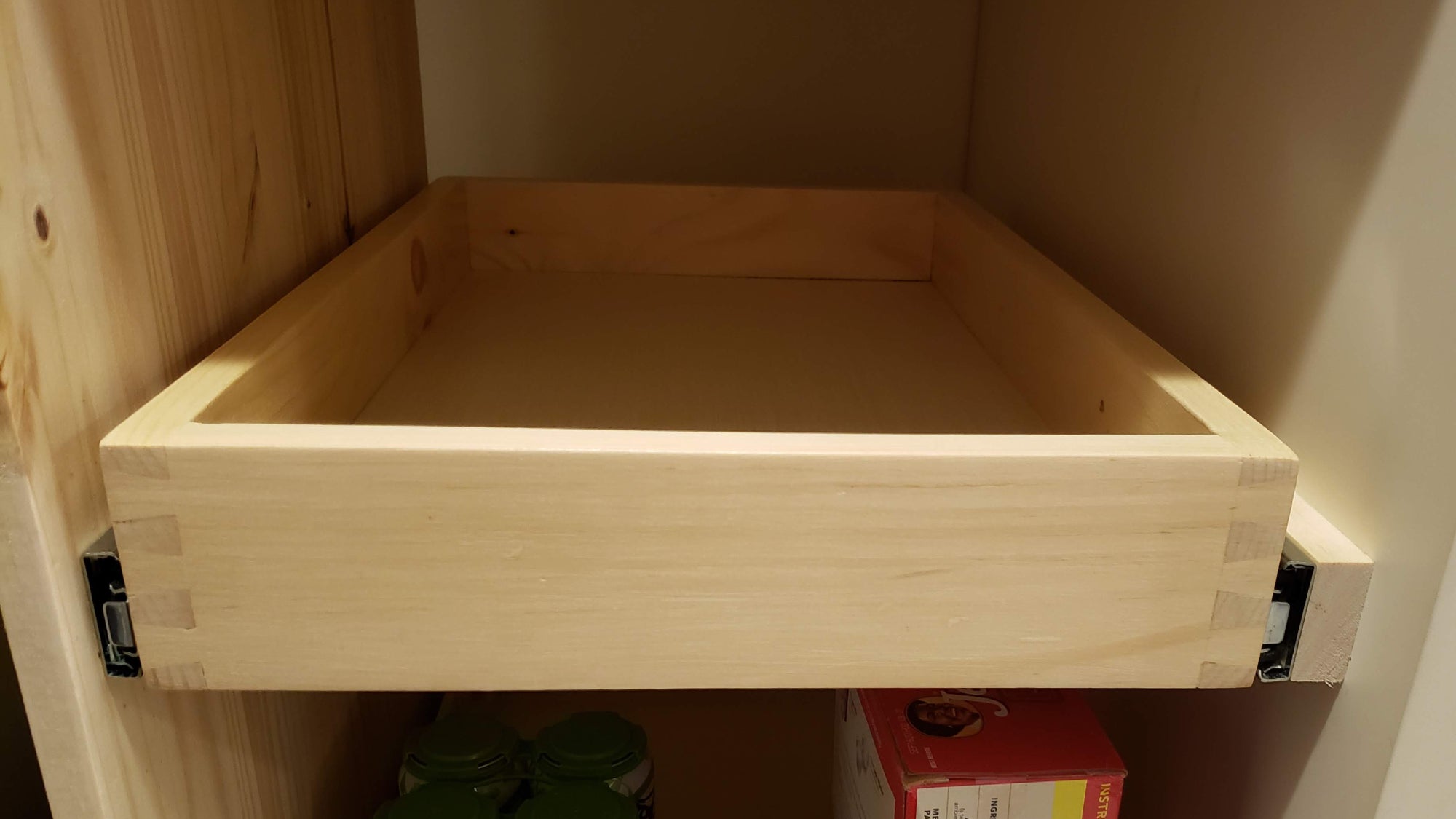
Gathering the Necessary Tools and Materials
Before beginning the repair process, gather the following tools and materials:
- Screwdriver set (Phillips and flat-head)
- Pliers
- Drawer slide lubricant or wax
- Replacement drawer slides (if necessary)
- Sandpaper or wire brush (for cleaning)
Having these items on hand will ensure that you’re prepared to tackle any drawer slide repair task efficiently.
Step-by-Step Repair Guide
Now, let’s walk through the step-by-step process for fixing common drawer slide issues:
- Remove the Drawer: Start by fully extending the drawer and lifting it upward to remove it from the cabinet or furniture piece. Place it on a flat surface for easier access.
- Inspect the Slides: Examine the drawer slides for signs of damage, misalignment, or debris buildup. Use a flashlight to illuminate hard-to-reach areas and identify any issues.
- Clean the Slides: Use a dry cloth or brush to remove dirt, dust, and debris from the slides. For stubborn buildup, lightly sand the surfaces or use a wire brush to scrub away grime.
- Check for Misalignment: Ensure that the drawer slides are properly aligned with each other and with the corresponding tracks in the cabinet. Adjust as needed by loosening screws, realigning the slides, and tightening screws securely.
- Lubricate the Slides: Apply a small amount of drawer slide lubricant or wax to the tracks to promote smooth movement. Avoid using excessive lubricant, as it can attract dirt and debris.
- Test the Drawer: Once the slides are cleaned, aligned, and lubricated, reinsert the drawer into the cabinet and test its movement. Open and close the drawer several times to ensure that it glides smoothly without sticking or jamming.
- Replace Damaged Slides: If the drawer slides are severely damaged or cannot be repaired, remove them from the cabinet and replace them with new ones. Follow the manufacturer’s instructions for installation, ensuring proper alignment and secure attachment.

Exploring Advanced Repair Techniques
In addition to the basic repair steps outlined above, there are several advanced techniques that can help address more complex drawer slide issues:
- Replacing Drawer Slide Components: If individual components of the drawer slides, such as rollers or bearings, are damaged or worn out, they may need to be replaced. Refer to the manufacturer’s instructions or consult with a hardware specialist to ensure that you select compatible replacement parts.
- Adjusting Drawer Alignment: In some cases, drawers may become misaligned due to factors such as uneven weight distribution or changes in humidity. Advanced techniques for adjusting drawer alignment may involve shimming or repositioning the slides to ensure that the drawer operates smoothly and evenly.
- Upgrading Drawer Slides: If you frequently encounter issues with your drawer slides, consider upgrading to higher-quality or specialized slides designed for smoother operation and increased durability. Ball-bearing slides, for example, offer superior weight capacity and smoother movement compared to standard slides.
- Reinforcing Drawer Construction: To prevent future issues with drawer slides, reinforce the construction of the drawers themselves. Adding additional support brackets or reinforcing the drawer bottoms can help distribute weight more evenly and reduce stress on the slides.

Preventive Maintenance Tips
Once you’ve successfully repaired your drawer slides, it’s essential to implement preventive maintenance measures to prolong their lifespan and ensure continued smooth operation:
- Regular Cleaning: Incorporate routine cleaning of drawer slides into your household maintenance schedule. Remove drawers periodically and wipe down the slides with a damp cloth to remove dust, dirt, and debris.
- Lubrication: Apply a thin layer of silicone-based lubricant or wax to the drawer slides periodically to reduce friction and prevent sticking. Avoid using oil-based lubricants, as they can attract dust and debris.
- Check for Wear and Tear: Inspect drawer slides regularly for signs of wear, such as rust, corrosion, or deformation. Replace worn-out or damaged components promptly to prevent further issues.
- Monitor Weight Capacity: Be mindful of the weight capacity of your drawers and avoid overloading them with heavy items. Distribute weight evenly within the drawers to prevent strain on the slides.
By incorporating these preventive maintenance tips into your routine, you can extend the lifespan of your drawer slides and minimize the need for future repairs.
Additional Tips for Drawer Slide Repair and Maintenance
Here are a few more tips to help you become even more proficient in repairing and maintaining drawer slides:
- Utilize Drawer Slide Jigs: When reinstalling or adjusting drawer slide, consider using a drawer slide jig or template to ensure precise alignment and placement. These tools can help streamline the process and minimize errors, especially when working with multiple drawers or complex cabinetry.
- Invest in Quality Drawer Slide Hardware: Opting for high-quality drawer slide hardware can make a significant difference in terms of performance and longevity. Choose slides that are rated for the intended load capacity and feature durable construction materials such as steel or aluminum.
- Address Structural Issues: If you notice structural issues with the cabinet or furniture housing the drawers, such as warping or instability, address these issues promptly. Structural issues can exacerbate problems with drawer slide and compromise their performance over time.
- Consider Soft-Close Mechanisms: If you’re looking to enhance the functionality and convenience of your drawers, consider installing soft-close mechanisms. These mechanisms allow drawers to close smoothly and quietly, reducing wear and tear on the slides and providing a more polished user experience.
- Seek Professional Assistance: For particularly challenging or specialized repair tasks, don’t hesitate to seek assistance from a professional cabinetmaker or furniture repair specialist. They can offer expert advice and assistance, ensuring that your drawer slides are properly repaired and maintained for optimal performance.
By incorporating these additional tips into your repertoire, you’ll well-equip to handle a wide range of drawer slide repair and maintenance tasks with confidence and efficiency. With a proactive approach to care and attention to detail, you can ensure that your drawers operate smoothly and reliably for years to come.
Conclusion: Enjoying Effortless Drawer Operation
By following these expert techniques for repairing drawer slides, you can restore functionality to your cabinets and furniture with ease. Whether you’re addressing misalignment, sticking, looseness, or damage, a proactive approach to maintenance will ensure that your drawers continue to slide smoothly for years to come. With the right tools, materials, and know-how, you can tackle drawer slide repair like a seasoned professional, making everyday tasks a breeze.
